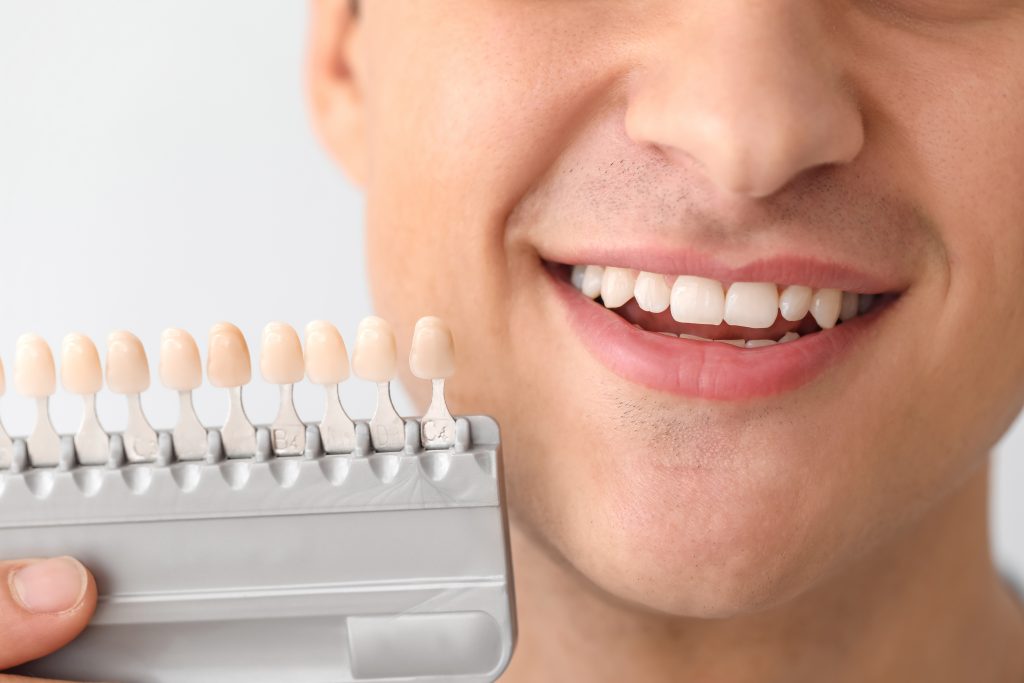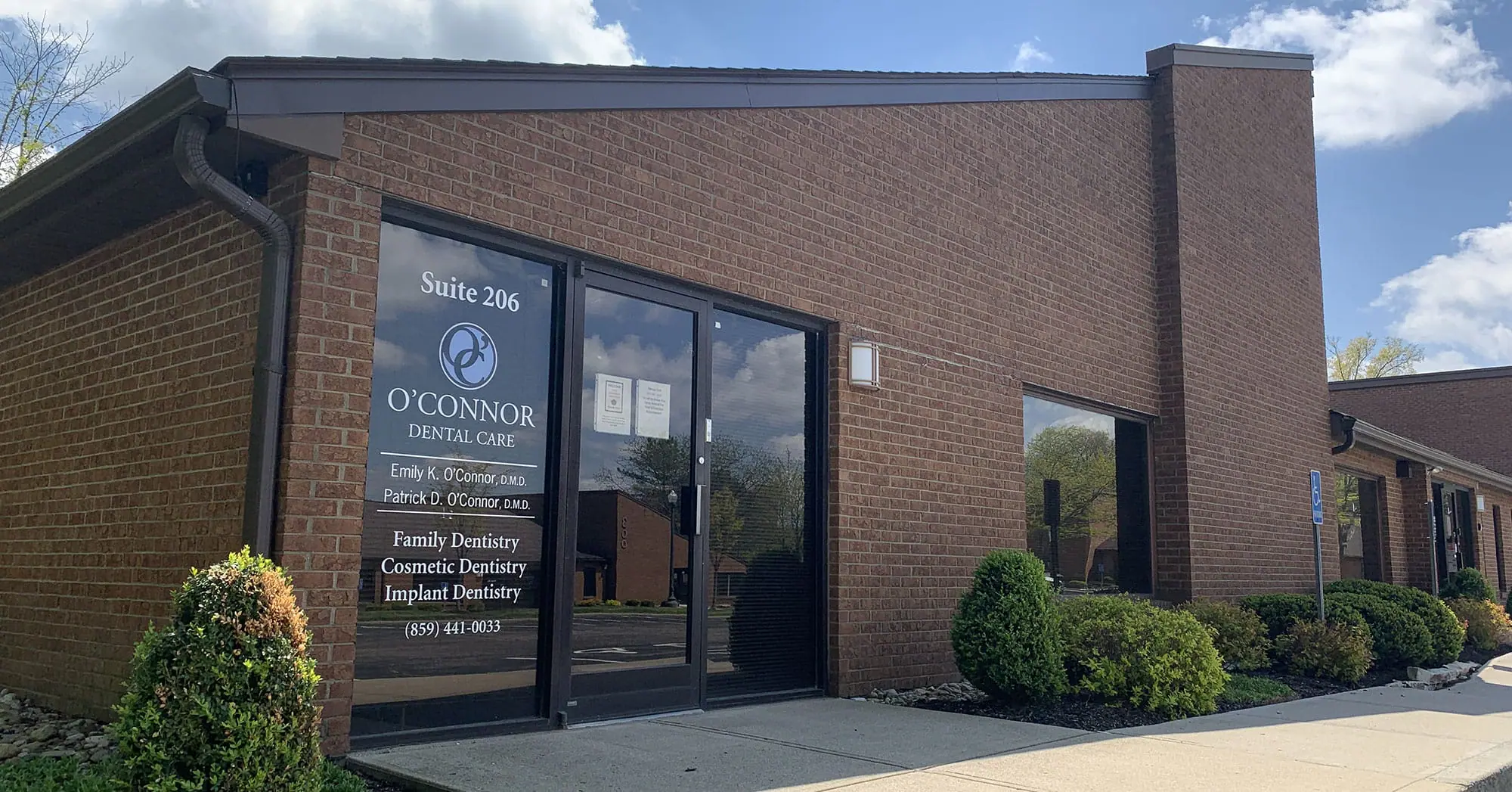What is a dental crown?
A crown is a cap to cover a damaged tooth or protect a tooth from damage. Dental crowns may be made from a variety of materials, including metal or porcelain. The material used is usually determined by the location of the tooth, how visible the crown will be, the function of the tooth, and how much pressure will be exerted upon the tooth during the act of chewing.
A crown may be used to cover molars in the rear of your mouth that barely show except when you yawn, or it may be custom designed to cover a tooth that is visible when you smile. If the crown is in a visible location, Dr. Emily will typically recommend making it out of porcelain or ceramic to match your natural tooth enamel. In some cases, a crown may be made out of porcelain and bonded to metal. Each crown is unique to the tooth it will serve, as well as unique to each patient. No two dental crowns are alike.
What types of dental crowns can I choose from?
There are various types of dental crowns, depending on your specific needs.
Temporary crown – A temporary crown is a crown that is used to cover a tooth while a permanent crown is being constructed at the laboratory. A temporary crown is placed on the tooth using an adhesive that is easily removed, so it will not be as strong or durable as a permanent crown.
Onlay or 3/4 crown – If the damage to your tooth does not affect the entire tooth, our dentists may recommend an onlay or ¾ crown that covers only a portion of the tooth. This option may save you money if you don’t actually need a full crown.
When is a dental crown necessary?
A dental crown may be needed for any of the following reasons:
- To protect a tooth from advanced decay or prevent it from breaking
- To prevent further breakage in a cracked tooth and hold the tooth together
- To restore a broken tooth or a tooth that has been severely worn down
- To cover and support a tooth with a large filling that does not have a lot of tooth remaining
- To anchor a dental bridge in position
- To cover teeth that are misshaped, chipped, broken, or discolored
- To cover a dental implant
- To cover and protect a tooth after a root canal






